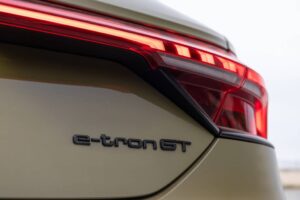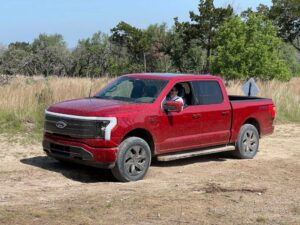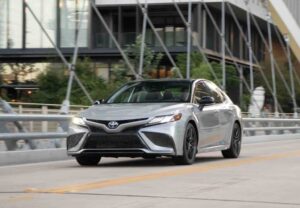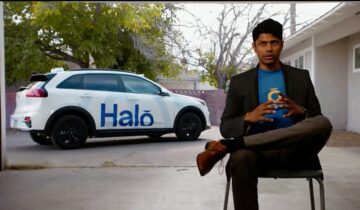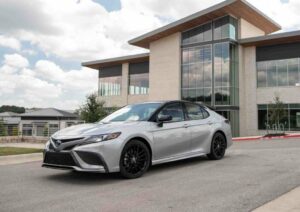By a vote of 3-1, the California Public Utilities Commission approved the expanded commercial use of robotaxis by Alphabet Inc.’s Waymo and General Motors’ Cruise LLC throughout the city of San Francisco.
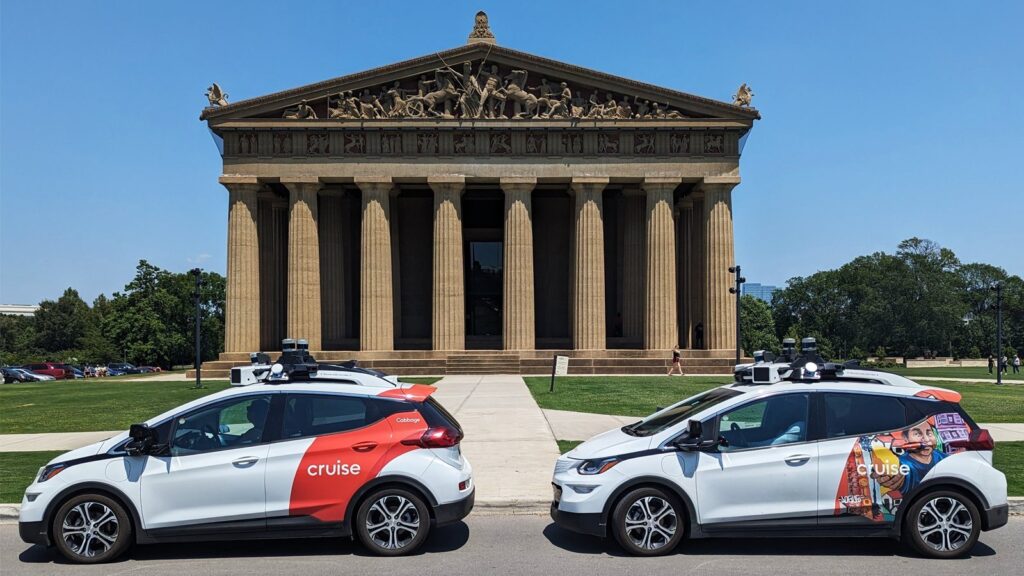
While the move had been widely expected, nonetheless, it flies in the face of strong opposition from city officials and residents who cited concerns about safety and traffic disruptions.
After previously warning the driverless cabs are “not ready for prime time,” San Francisco Fire Chief Jeanine Nicholson noted how Waymo and Cruise vehicles have, on a number of occasions, broken down, potentially blocking access for emergency vehicles.
600 incidents
Referencing a reported 600 “incidents” involving Cruise and Waymo vehicles logged since spring 2022, Nicholson said, “it is not the responsibility of my people to get in one of your vehicles and take it over.”
The ride-hailing industry has been pushing for the development of autonomous and more advanced, fully driverless vehicles. Proponents claim they would help slash operating costs — drivers forming the highest cost element for such services.
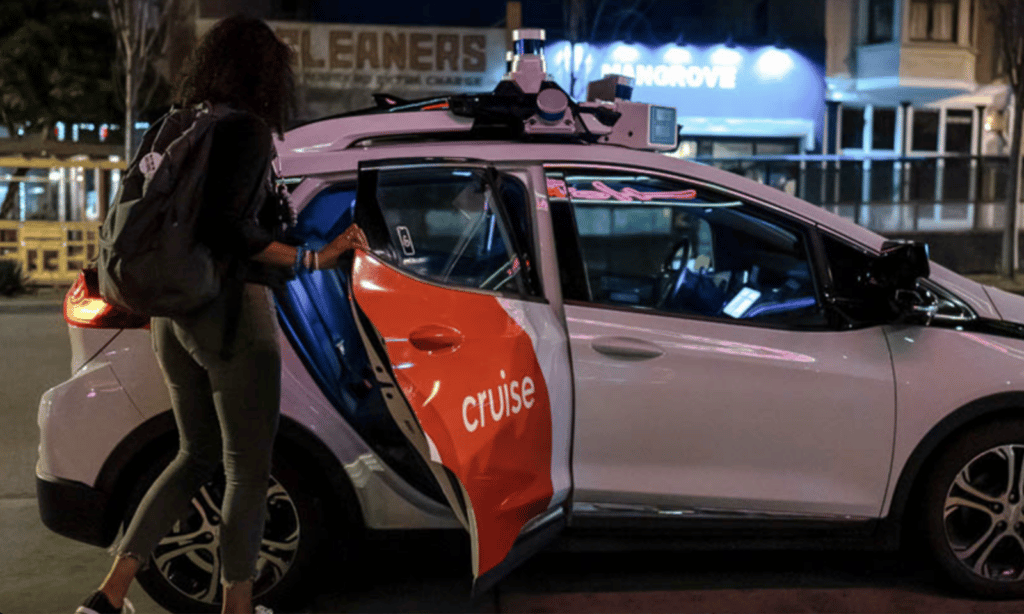
While industry leaders Uber and Lyft have pulled back on their own autonomous development programs, Waymo and Cruise have sprung into the lead.
Expanded use expected to start immediately
They previously gained permission to test their driverless prototypes on San Francisco’s public streets, albeit during limited hours and at no charge to riders. Cruise has been fielding 300 robocabs during the day, 100 at night. Waymo has maintained 100 in operation at any time, though it has a fleet of 250 vehicles it could turn to — more of which may now be activated under the rules passed by the CPUC.
Under the rules approved by the CPUC on Thursday, Waymo and Cruise are expected to immediately begin running robotaxis at all hours. They now will be permitted to charge for those services, as well. That will put them directly into competition with Uber and Lyft.
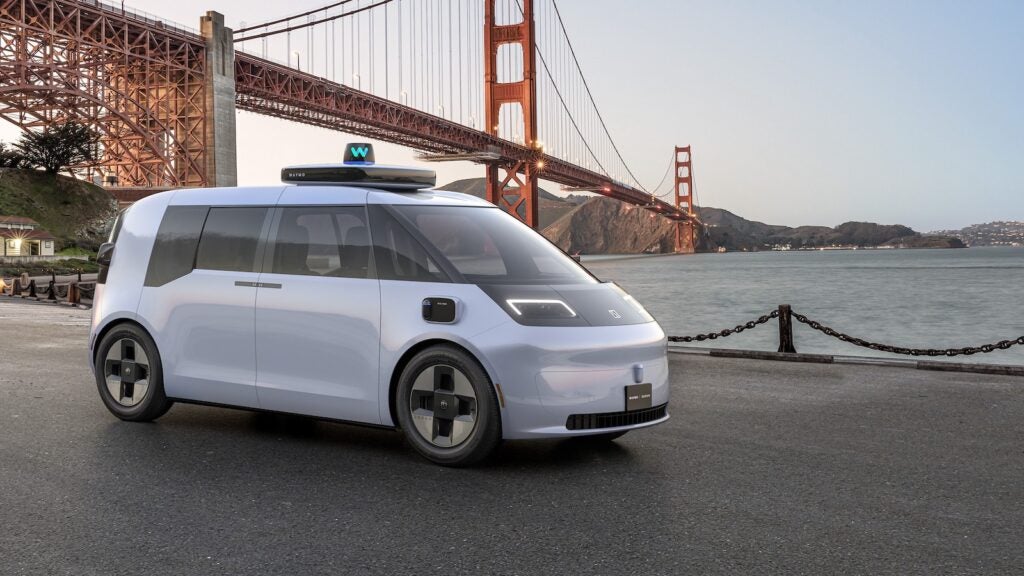
For now, the two robotaxi services are using modified versions of conventional vehicles. Waymo has Chrysler minivans and Jaguars in its fleet, while Cruise uses the Chevrolet Bolt EV. All those vehicles retain traditional driver controls, even if no one is behind the wheel.
Unique, driverless vehicles under development
But the longer-term goal, company officials have indicated, is to come up with vehicles specifically designed for driverless operations. Cruise and parent General Motors have already shown off a toaster-shaped concept vehicle dubbed the Cruise Origin.
Bringing driverless technology to market has proved more challenging than many earlier proponents had expected. And opposition mounted following a crash that killed a bicyclist in the Phoenix suburbs in 2018. In that case, a human backup operator was distracted at the time of the incident and failed to retake control from the vehicle.
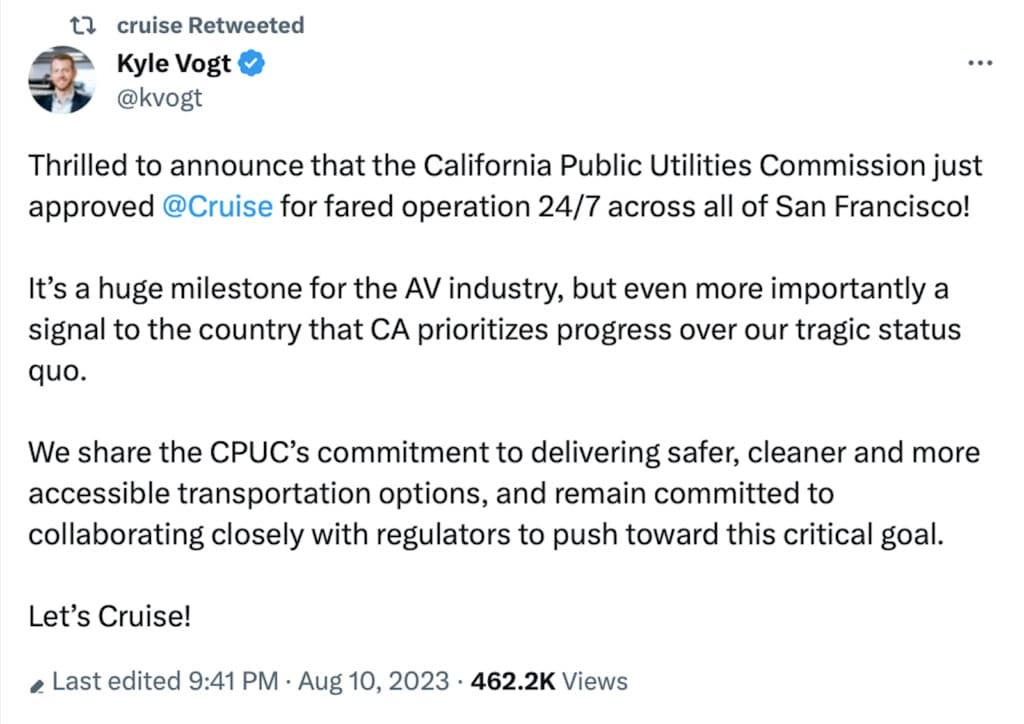
Waymo and Cruise officials have repeatedly insisted that their driverless vehicles are safer than human drivers. But critics counter that they have experienced a series of incidents across San Francisco — and in other cities where the robotaxis are being tested. Among the problems most frequently logged: the vehicles have improperly entered bicycle lanes, and unexpectedly come to a halt, blocking traffic until the two companies have been able to reactivate the vehicles.
Regulators “acknowledge … challenges”
There are plenty of proponents, as well, and many were among the hundreds of people who attended the CPUC hearing in San Francisco on Thursday.
Genevieve Shiroma, the only Commissioner to vote against the expanded use of robotaxis, called the vote “premature,” during the hearing, and warned that regulators lack “present sufficient information” to properly evaluate the safety of the technology.
In its final ruling, the CPUC said it “acknowledges continuing and emerging challenges” and “will engage with stakeholders” to monitor the expanded public use of robotaxis.
- SEO Powered Content & PR Distribution. Get Amplified Today.
- PlatoData.Network Vertical Generative Ai. Empower Yourself. Access Here.
- PlatoAiStream. Web3 Intelligence. Knowledge Amplified. Access Here.
- PlatoESG. Automotive / EVs, Carbon, CleanTech, Energy, Environment, Solar, Waste Management. Access Here.
- PlatoHealth. Biotech and Clinical Trials Intelligence. Access Here.
- ChartPrime. Elevate your Trading Game with ChartPrime. Access Here.
- BlockOffsets. Modernizing Environmental Offset Ownership. Access Here.
- Source: https://www.thedetroitbureau.com/2023/08/ca-regulators-dismiss-concerns-and-protests-approve-expanded-robotaxi-usage/
- :has
- :is
- :not
- :where
- $UP
- 1
- 100
- 2018
- 2022
- 250
- 300
- a
- Able
- About
- access
- across
- activated
- advanced
- against
- All
- Alphabet
- already
- among
- and
- any
- approve
- approved
- ARE
- AS
- At
- autonomous
- back
- Backup
- BE
- been
- begin
- behind
- being
- blocking
- Bolt
- Broken
- Bureau
- but
- by
- CA
- california
- called
- case
- ceo
- challenging
- charge
- Chevrolet
- chevrolet bolt
- chief
- chrysler
- cited
- Cities
- City
- claim
- collect
- come
- commercial
- commission
- commissioner
- Companies
- company
- competition
- concept
- Concerns
- continuing
- control
- controls
- conventional
- Cost
- Costs
- could
- Counter
- Crash
- Critics
- cruise
- day
- designed
- Development
- directly
- Dismiss
- disruptions
- down
- drive
- driver
- driverless vehicles
- drivers
- dubbed
- during
- Earlier
- element
- emergency
- emerging
- engage
- entered
- EV
- evaluate
- Even
- expanded
- expected
- experienced
- Face
- Failed
- final
- Fire
- FLEET
- following
- For
- Francisco
- Free
- frequently
- from
- fully
- gained
- General
- General Motors
- get
- goal
- had
- Have
- hearing
- help
- highest
- HOURS
- How
- HTTPS
- human
- Hundreds
- if
- immediately
- in
- In other
- incident
- indicated
- industry
- into
- involving
- IT
- ITS
- jpg
- Lack
- lead
- leaders
- Limited
- LLC
- logged
- Lyft
- many
- Market
- max-width
- May..
- modified
- Monitor
- months
- more
- most
- Motors
- move
- my
- night
- no
- noted
- now
- number
- occasions
- of
- off
- officials
- on
- ONE
- only
- operating
- operation
- Operations
- operator
- opposition
- Origin
- Other
- over
- own
- pair
- passed
- People
- permission
- phoenix
- plato
- Plato Data Intelligence
- PlatoData
- Plenty
- potentially
- previously
- Prime
- problems
- Programs
- properly
- Protests
- prototypes
- proved
- public
- Pushing
- put
- ready
- Regulators
- REPEATEDLY
- Reported
- residents
- responsibility
- retain
- riders
- roads
- robotaxi
- robotaxis
- rules
- ruling
- running
- safer
- Safety
- Said
- San
- San Francisco
- Series
- service
- Services
- shown
- since
- specifically
- spring
- start
- strong
- such
- sufficient
- Take
- Technology
- test
- tested
- than
- that
- The
- their
- Them
- they
- those
- though?
- throughout
- thursday
- time
- to
- traditional
- traffic
- TURN
- tweet
- two
- Uber
- under
- until
- Usage
- use
- uses
- using
- utilities
- vehicle
- Vehicles
- Vote
- warning
- was
- waymo
- WELL
- were
- Wheel
- which
- while
- WHO
- widely
- will
- with
- would
- Your
- zephyrnet

